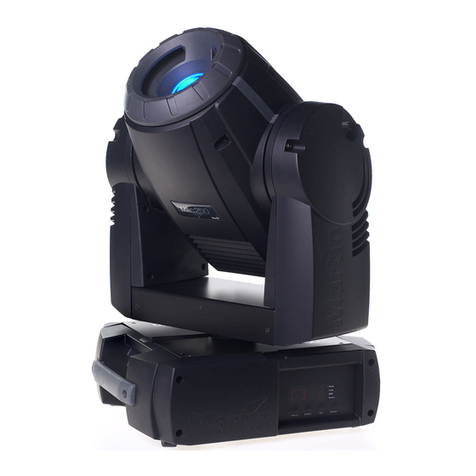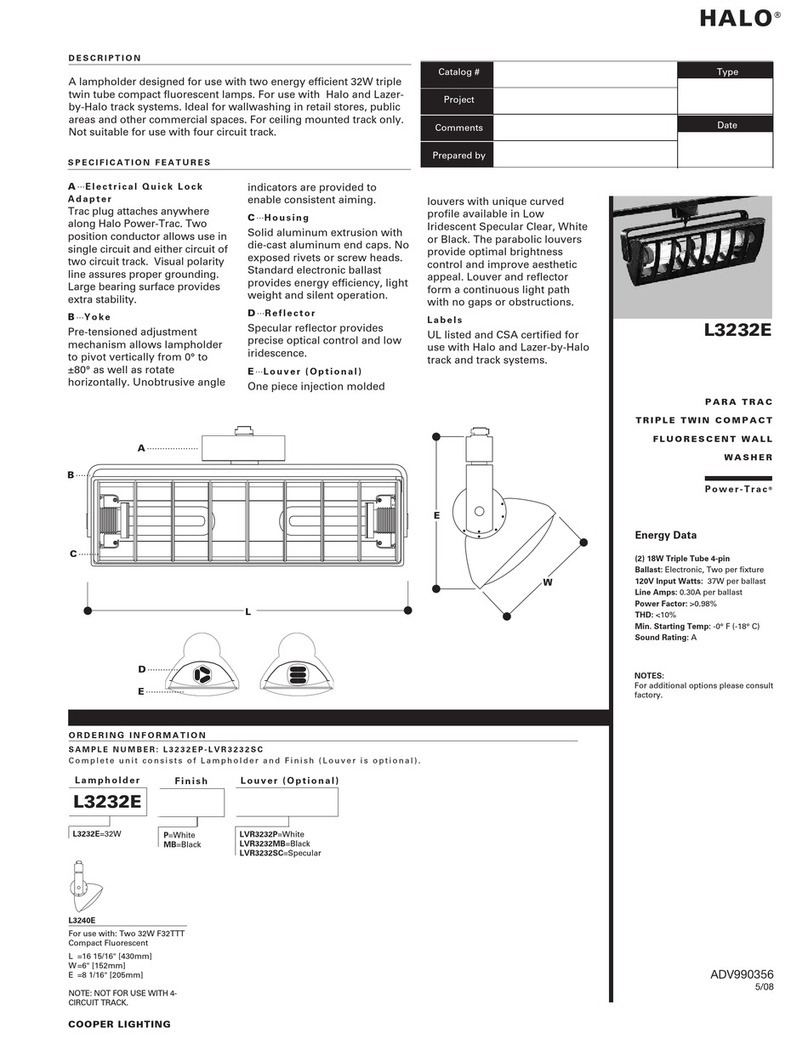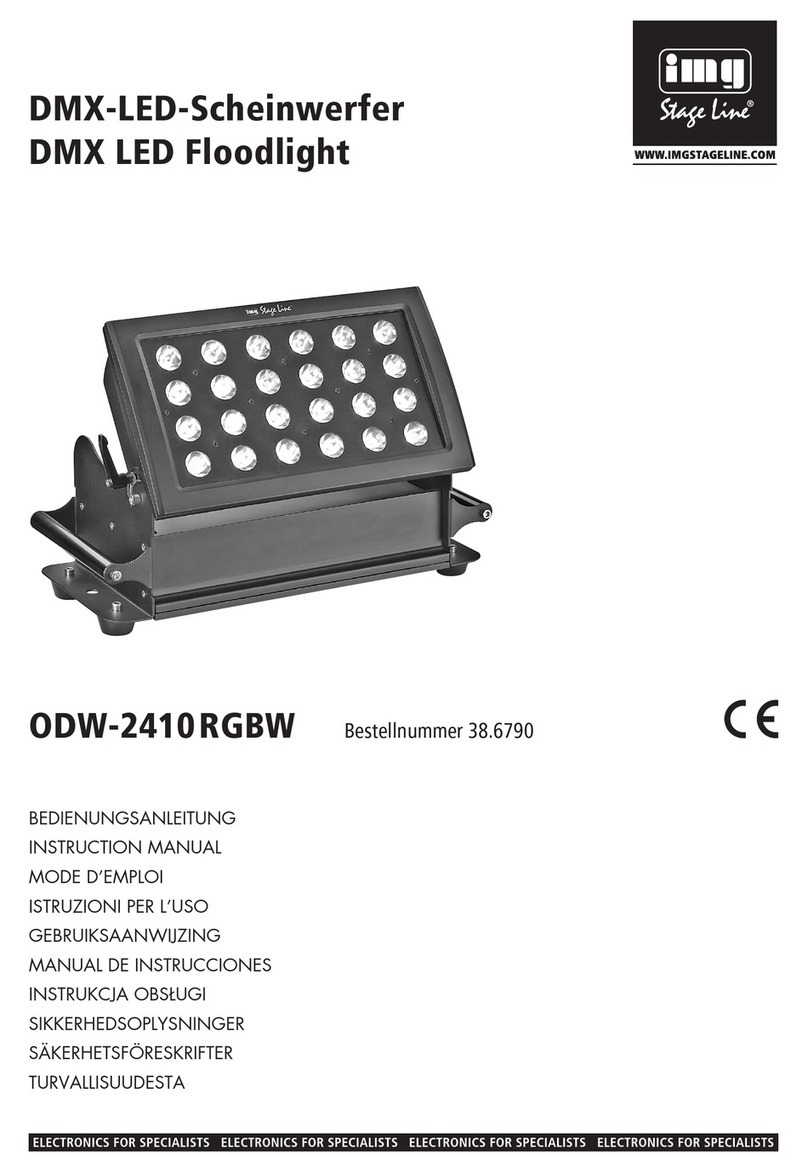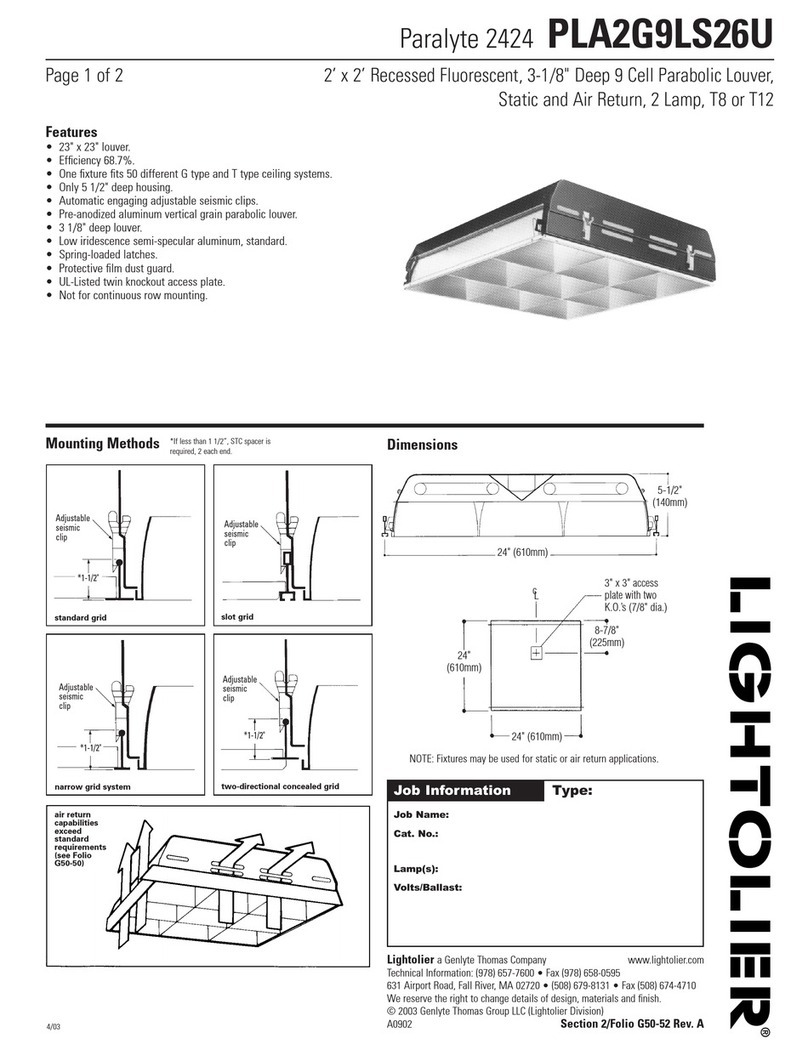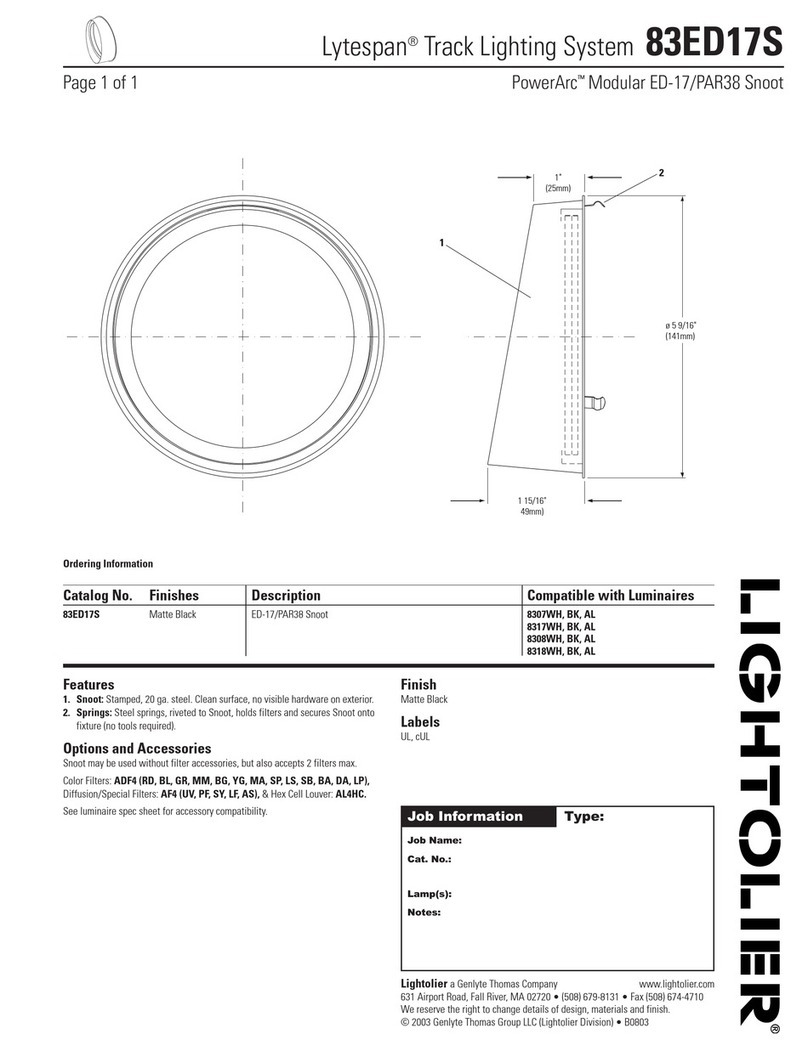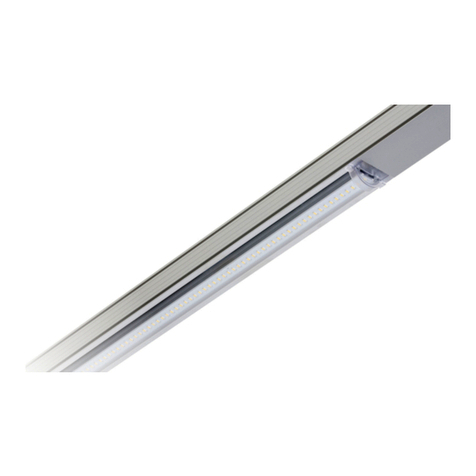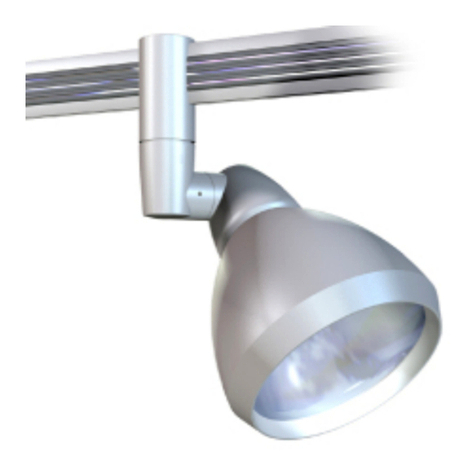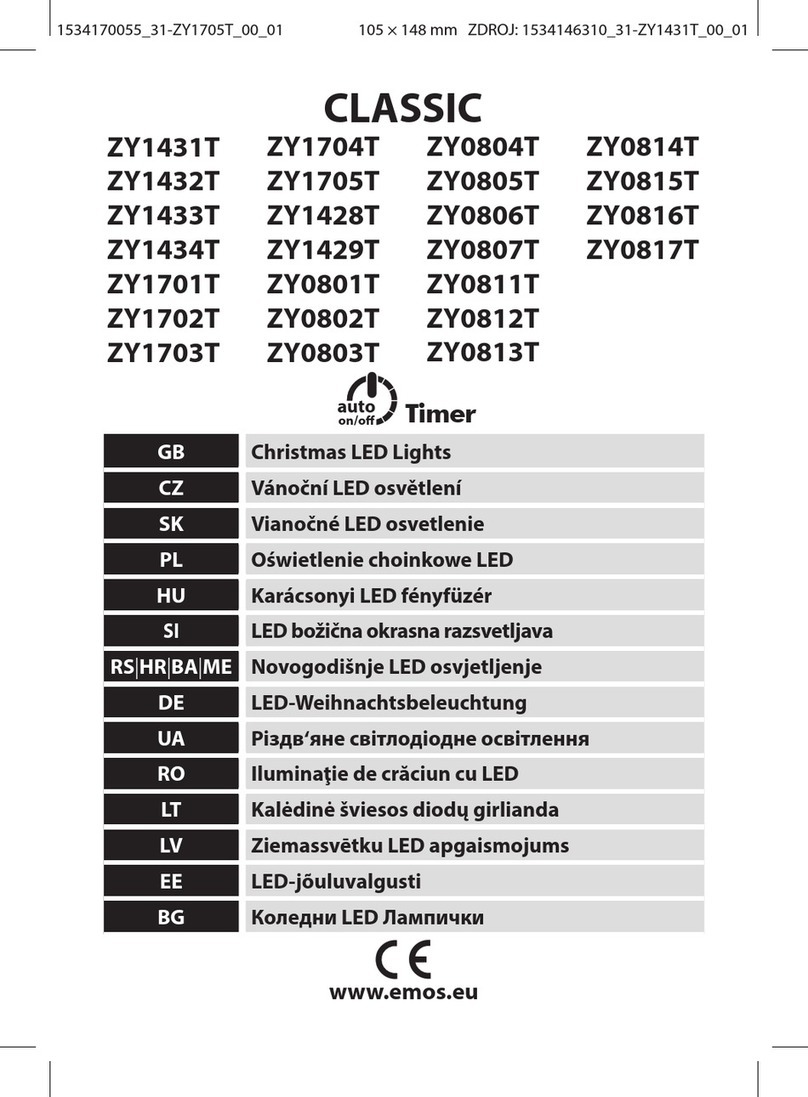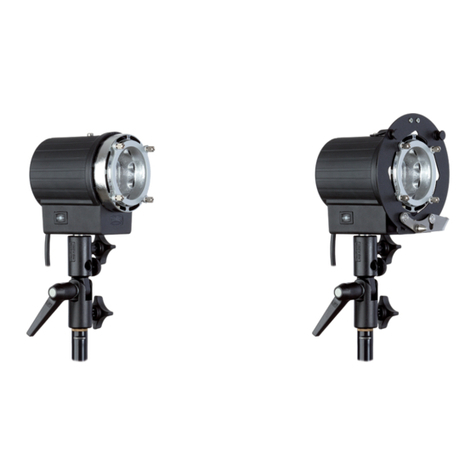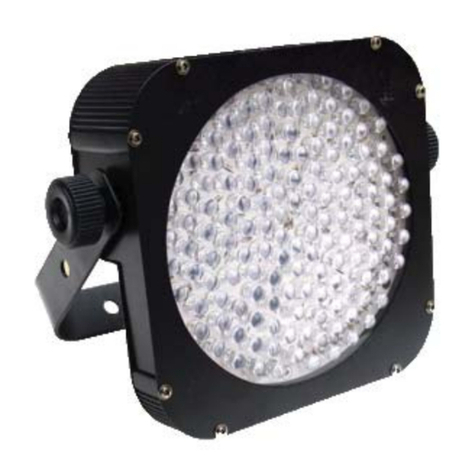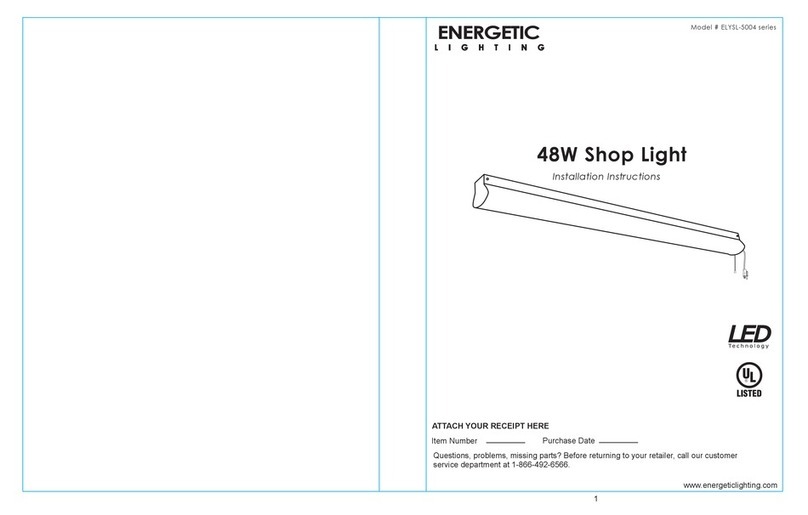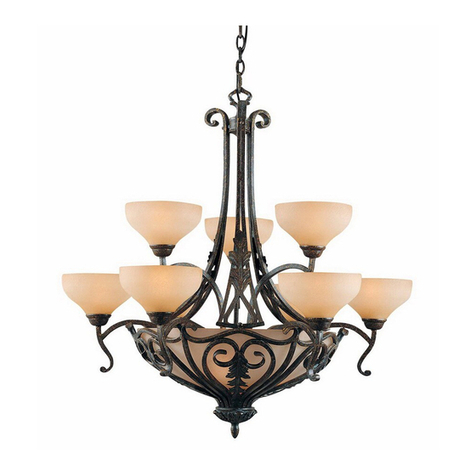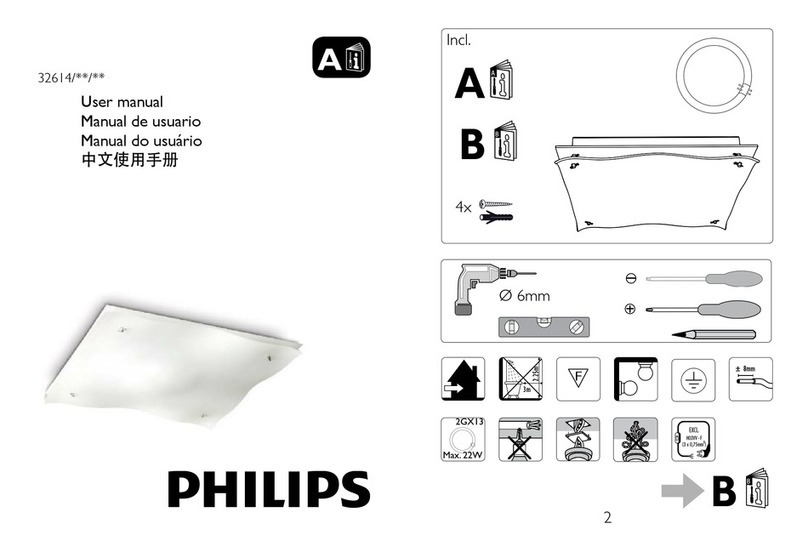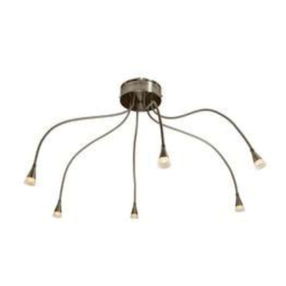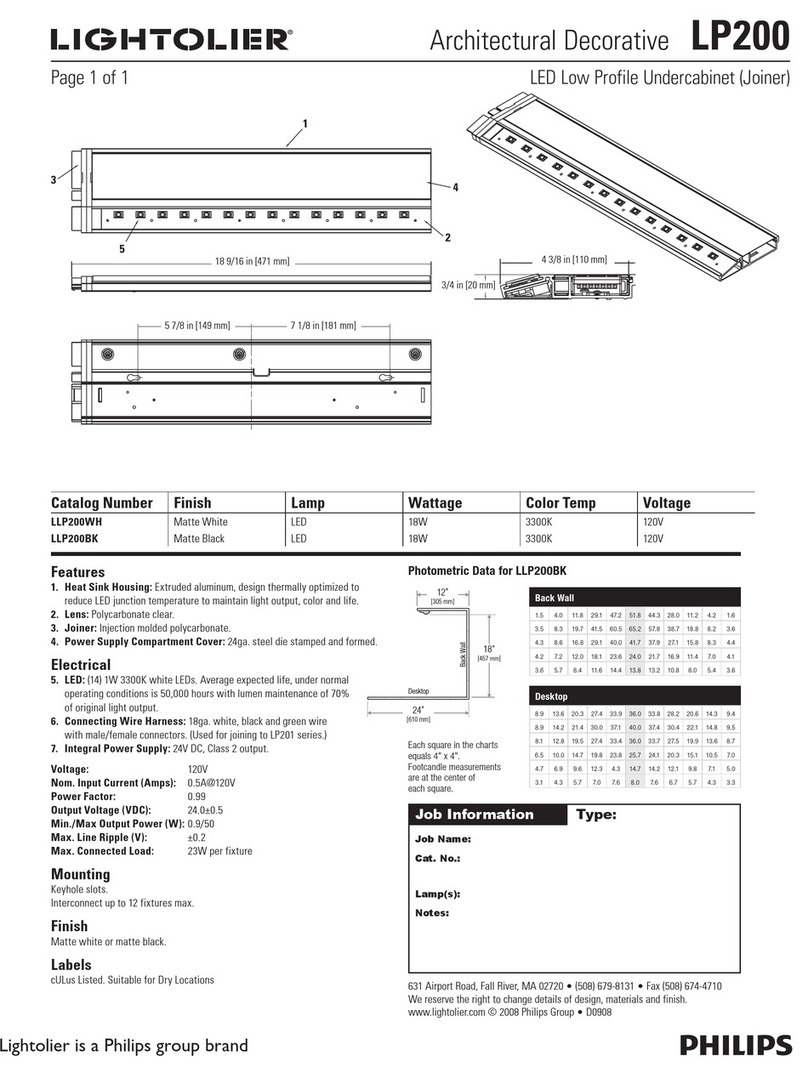
i
Table of Contents Operator Manual 129360-627
A WORD FROM STERIS CORPORATION
This manual contains important information on proper use and maintenance
of the AmscoGemini™ Surgical Lighting Fixture. All personnel involved
intheuseandmaintenanceofthisequipmentmustcarefullyreviewand
comply with the warnings, cautions, and instructions contained in this
manual. These instructions are important to protect the health and safety of
personnel operating a Gemini Surgical Light and should be retained in a
conveniently accessible area for quick reference.
Complete instructions for uncrating and connecting utilities, as well as
equipment drawings, have been furnished. If missing, contact STERIS for
replacement copies, giving the serial number and model number of the unit.
STERIScarriesacompletelineofaccessoriesforusewiththislight.ASTERIS
representative will gladly review these with you.
The Amsco Gemini Minor Surgical Lighting System is a 22-inch (559-mm)
diameter lighthead which provides cool, shadow-reduced, color-corrected
light at the operative site. The touch switch control panel on the lighthead
allows selection of small or large beam pattern; and low, medium, or high
beam intensity. Ceiling mount, track mount, and mobile floor stand models
are available. The Gemini surgical light allows full range of mechanical and
optical flexibility for minor surgical procedures, obstetrics, and specialized
examinations.
Indications for Use
A thorough preventive maintenance program is essential to safe and proper
light fixture operation. This manual contains maintenance schedules and
procedures which should be followed for satisfactory equipment perfor-
mance.
You are encouraged to contact STERIS concerning our comprehensive
Annual Maintenance Agreements. Under the terms of these agreements,
preventive maintenance, adjustments, and replacement of worn parts are
done on a scheduled basis to ensure equipment performance at peak
capability and to help avoid untimely or costly interruptions. STERIS main-
tains a worldwide staff of well-equipped, factory-trained technicians to
provide this service, as well as expert repair services. Please contact your
STERIS representative for details.
The following is an important message from STERIS about the advan-
tages and limitations associated with the use of high intensity surgical
lighting systems.
Becauseofthevarietyofsurgicalproceduresperformedandthewiderange
of individual preferences of surgical staffs, it is desirable that the surgical
lighting system be capable of selective control across a wide range of
illumination intensities. The Illuminating Engineering Society (IES) stresses
that in addition to providing control of intensity, surgical lighting systems
shouldprovide shadowcontrol, correctcolor rendition,and asuitable depth
of field to provide sharp, consistent lighting for health care facilities.
©2000,STERISAllrights reserved.
Service Information
Advisory

